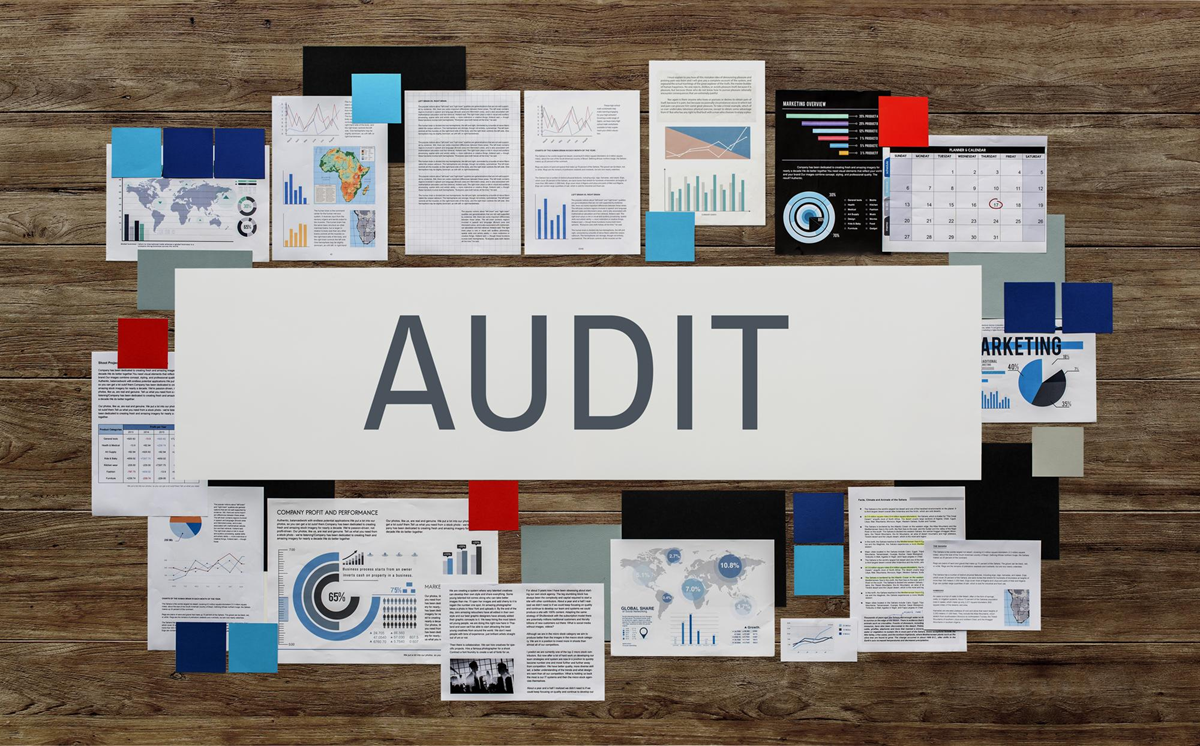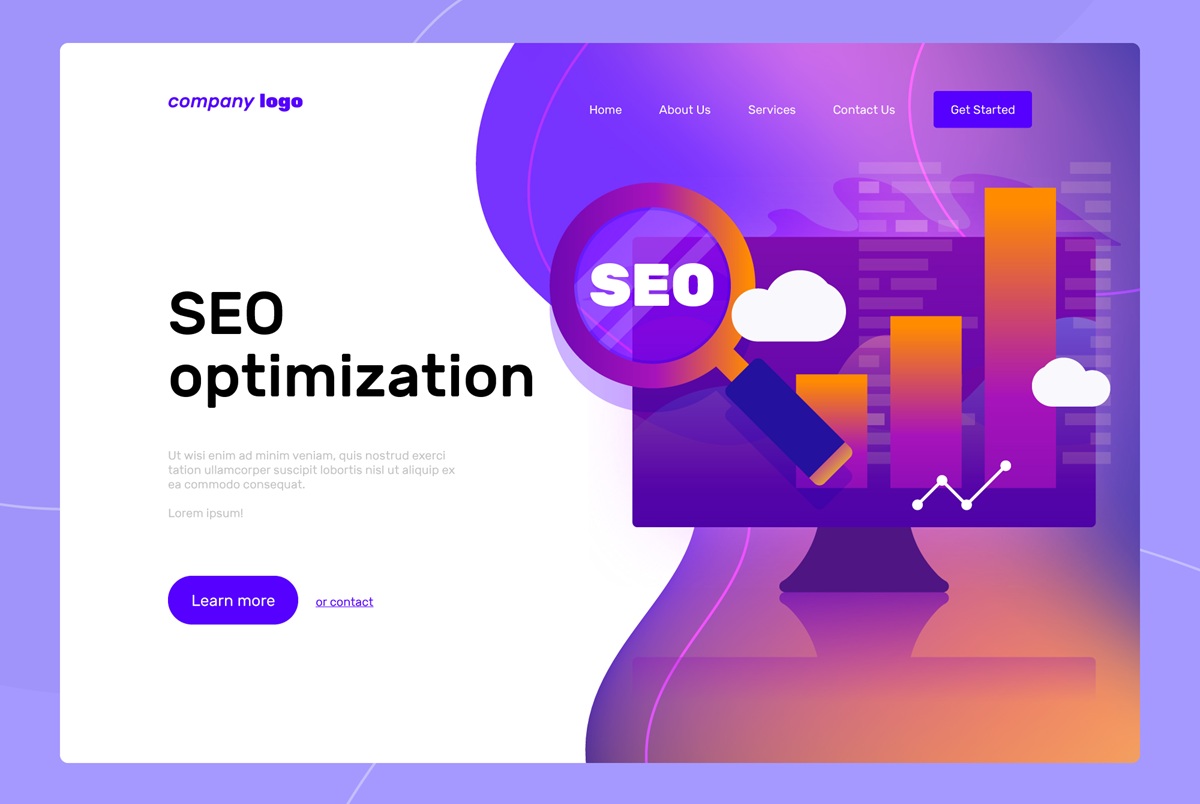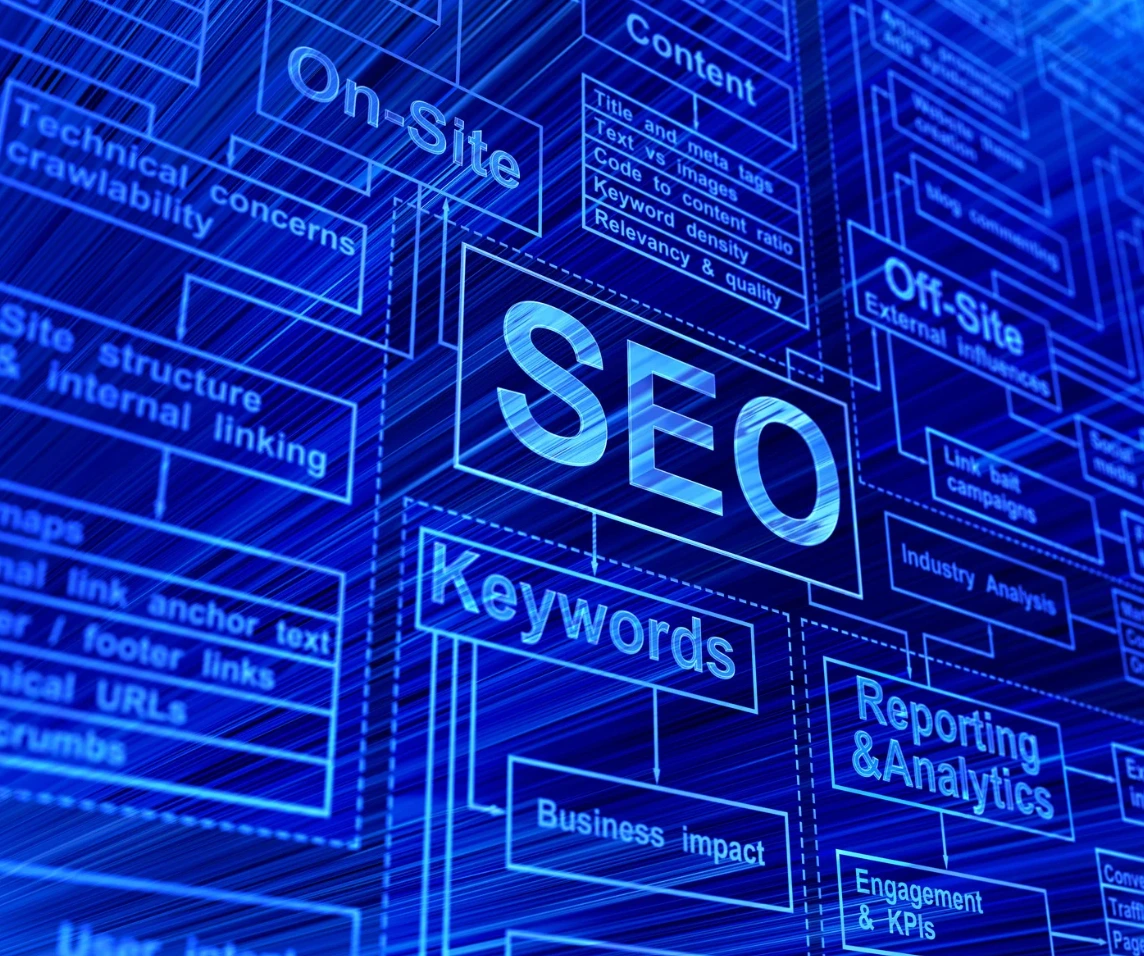Blog
Why 95% of Shopify SEO Audits Are Completely Useless (And What to Focus on Instead)

Share
If you talk to eCommerce store owners who've hired SEO agencies, almost everyone will tell you the same story: "We got this massive 47-page SEO audit that found 200+ issues, but our organic traffic barely moved after fixing them."
Why does this keep happening?
Because most SEO experts treat Shopify SEO audits like technical perfectionism exercises. They'll spend hours documenting missing alt tags, minor page speed issues, and schema markup opportunities while completely missing the handful of problems that are costing you sales.
But here is the big fallacy eCommerce businesses fall prey to: They assume that fixing more SEO issues equals better rankings and more revenue. This results in months of wasted effort on technical minutiae while the real problems—the ones blocking customers from finding and buying your products—remain completely unaddressed.
The truth is, most Shopify stores have 3-5 critical SEO issues that account for 80% of their lost revenue opportunity. Everything else is just noise.
In this article, we'll expose why traditional SEO audits fail for eCommerce websites, then show you the revenue-focused audit framework that actually drives results for Shopify stores.
The Fatal Flaw in Traditional Shopify SEO Audits

Here's what happens when most eCommerce businesses order an SEO audit:
The Standard SEO Audit Process:
- Run the site through automated audit tools like SEMrush or Ahrefs
- Generate a comprehensive report listing every technical issue found
- Prioritize fixes based on "severity" according to the tool's algorithm
- Spend months implementing hundreds of minor optimizations
- See minimal impact on actual organic revenue despite implementing various SEO strategies.
This approach sounds thorough and professional. After all, shouldn't you want to know about every possible SEO improvement?
But here's what really happens: You end up with a 50-page document that treats a missing H1 tag the same priority as a fundamental site architecture problem that's preventing Google from finding your best-selling products.
Meanwhile, your competitors are capturing customers who should be finding your Shopify store because they're focused on the few things that actually matter for eCommerce SEO success.
Let me give you a real example from a client who came to us after spending $15,000 on a "comprehensive SEO audit" from a well-known agency:
Their previous audit found broken links that hindered technical SEO.
- 847 missing alt tags
- 23 pages with duplicate meta descriptions
- 156 internal links that could be optimized for better on-page SEO.
- 12 minor Core Web Vitals issues
- 34 opportunities for structured data markup
What their audit completely missed:
- Their collection pages weren't targeting any commercial keywords
- 60% of their product pages had identical, manufacturer-provided descriptions
- Their site search was broken, causing massive crawl budget waste
- They had zero pages targeting their most profitable product categories
- Their internal linking structure was preventing category page authority flow
After six months of fixing the "audit issues," their organic traffic increased by maybe 8%. After we addressed the real problems in 90 days, their eCommerce revenue from organic search increased by 312%.
Why Shopify Stores Need a Different Audit Approach
Let me venture outside of eCommerce for a hot minute to explain why traditional SEO audits don't work for online stores.
Most SEO audit methodologies were designed for B2B SaaS companies or content websites. These sites typically have:
- 50-200 pages total
- Clear conversion funnels (trial → paid)
- One primary business model
- Simple site architecture
But Shopify stores are completely different:
- 500-5,000+ pages (products + collections + content)
- Multiple conversion paths and customer journeys
- Inventory that changes constantly
- Complex product categorization and filtering
- Seasonal demand fluctuations
- Product variants, shipping considerations, and stock levels
This means the audit priorities for a Shopify store should be fundamentally different from a typical business website. Yet most SEO experts use the same checklist for both.
Here's the key insight: For eCommerce stores, 20% of your SEO efforts drive 80% of your revenue results. A proper Shopify SEO audit should identify that critical 20%, not exhaustively document the irrelevant 80%.
The Revenue-First Shopify SEO Audit Framework

Based on our work auditing hundreds of Shopify stores, here's the framework that truly moves the needle on organic revenue:
1. Commercial Keyword Coverage Analysis (Impacts 40-60% of Revenue Potential)
What traditional audits check: Whether your pages have target keywords in title tags
What matters: Whether you have optimized pages targeting the commercial keywords your customers are searching for to improve visibility.
Most Shopify stores are missing 60-80% of their commercial keyword opportunities. Here's how to audit this properly using an effective SEO tool:
Step 1: Identify Your Commercial Keyword Universe
- Export your best-selling products from Shopify analytics
- Use tools like Ahrefs or SEMrush to find commercial keywords around those products
- Focus on keywords with clear buying intent: "product + modifier" terms like "wireless earbuds for running" or "organic dog food grain-free"
Step 2: Map Current Coverage
- Check which of those commercial keywords you actually have pages targeting
- Most Shopify stores have individual product pages but lack optimized collection pages for commercial searches
Real example: A case study showcasing the importance of addressing technical SEO issues. A pet supply store was missing collection pages for obvious commercial searches like:
- "grain-free dog food small breed" (1,200 monthly searches)
- "natural cat treats no artificial ingredients" (890 monthly searches)
- "orthopedic dog beds large dogs" (2,100 monthly searches)
They had the products but no optimized landing pages. Creating just 12 collection pages targeting these commercial searches added $180K in annual organic revenue.
2. Product Content Duplication Assessment (Impacts 25-35% of Rankings)
What traditional audits check: Technical duplicate content issues
What matters: Whether your product pages can actually compete in search results
Here's the dirty secret about Shopify SEO: Most stores use manufacturer-provided product descriptions, which means they're competing with hundreds of other retailers using identical content.
How to audit product content properly:
Step 1: Select 20 of your best-selling products Step 2: Search for each product's exact description in Google (use quotes) Step 3: Count how many other sites are using identical content Step 4: Analyze site speed to ensure optimal performance. Check where you rank vs. competitors for each product's primary keywords
If you find the same description on 10+ other sites, that page will never rank competitively. This is often the #1 reason Shopify stores struggle with product page rankings.
The fix requires scale: You need unique, optimized descriptions for at least your top 20% of products by revenue. This isn't about perfection—it's about competitive differentiation.
Getting your product pages right is foundational to eCommerce SEO success. For a comprehensive guide on optimizing every element, see our detailed breakdown of SEO for eCommerce product pages, covering everything from unique content creation to technical optimization that drives conversions.
3. Technical Foundation Blockers (Critical Infrastructure Issues)

Unlike traditional audits that list every minor technical issue, focus only on problems that prevent Google from properly crawling and indexing your most important pages.
The Big 5 Technical Issues for Shopify:
1. Collection Page Architecture
- Are your main collection pages accessible within 3 clicks from the homepage?
- Do collection pages have unique, optimized content (not just product grids)?
- Can users and search engines easily navigate between related collections?
Collection pages are the backbone of eCommerce SEO strategy, yet most Shopify stores severely underoptimize them. Our comprehensive guide to eCommerce category page SEO shows you exactly how to structure, optimize, and leverage these pages to capture high-intent commercial searches that drive revenue.
2. Site Search and Filtering SEO
- Is your site search creating infinite crawl paths?
- Are filtered collection pages properly configured (indexed vs. noindex)?
- Do your filters create valuable, targetable landing pages?
3. Product Variant Handling
- Are product variants creating duplicate content issues?
- Is your variant structure helping or hurting keyword targeting and overall user experience?
- Are size/color variants properly structured for search engines?
4. Mobile Commerce Experience
- Do your product pages load quickly on mobile devices?
- Is the mobile checkout process creating SEO issues?
- Are your collection pages optimized for mobile browsing behavior?
5. Core Web Vitals for eCommerce
- Focus specifically on product and collection page performance
- Audit your heaviest product pages (usually those with many variants or images)
- Identify apps that are slowing down your most important pages and affecting site speed.
4. Conversion Path Optimization (Often Overlooked, High Impact)
What traditional audits miss: How SEO traffic actually converts on your site
What drives revenue: Ensuring organic search traffic has clear paths to purchase
Many Shopify stores get organic traffic to individual product pages, but those visitors never find related products or navigate to higher-converting collection pages.
Key conversion audit points:
- Are visitors from organic search seeing related products?
- Do your collection pages effectively showcase your best-selling items?
- Are organic visitors able to easily find products in different sizes/colors/styles?
- Do your product pages include clear calls-to-action and trust signals?
The 48-Hour Shopify SEO Audit With Results
Forget about those massive 47-page audit reports. Here's what you can audit in 48 hours that will identify 80% of your revenue opportunity:
Day 1: Revenue Impact Analysis (4 hours)
Hour 1: Commercial Keyword Gap Analysis
- Export your top 50 products by revenue from Shopify
- Research commercial keywords for each product category
- Identify which commercial searches have no optimized landing pages
Hour 2: Collection Page Audit
- List all your main collection pages
- Check if they're optimized for commercial keywords (not just product names)
- Verify they have unique content beyond just product listings
Hour 3: Product Content Competitive Analysis
- Take your top 20 products and search for their descriptions in Google
- Identify which products are using duplicate manufacturer content
- Prioritize which products need unique descriptions most urgently
Hour 4: Technical Blocking Issues
- Use Google Search Console to identify crawl errors
- Check if your most important pages are being indexed to improve user experience.
- Verify your collection pages are accessible and properly structured
Day 2: Conversion and Performance Audit (4 hours)
Hour 1: Organic Traffic Analysis
- Use Google Analytics to see which pages get organic traffic
- Check conversion rates for organic traffic vs. other channels
- Identify pages with high traffic but low conversions
Hour 2: Mobile Experience Audit
- Test your top collection pages and product pages on mobile
- Check mobile page speed specifically for eCommerce functionality
- Verify mobile checkout process isn't creating SEO issues
Hour 3: Internal Linking Assessment
- Check if product pages link to relevant collections
- Verify collection pages promote your best-selling products
- Ensure related products are prominently featured
Hour 4: Priority Action Planning
- Rank all findings by potential revenue impact
- Create 90-day implementation timeline
- Focus on changes that can drive results within 30-60 days
Common Shopify SEO Audit Myths (That Cost You Money)
Myth 1: "All technical issues are equally important" Reality: A missing H1 tag won't impact your revenue. A collection page that isn't targeting commercial keywords costs you thousands of dollars monthly.
Myth 2: "Shopify is SEO-friendly out of the box"
Reality: Default Shopify creates massive duplicate content issues, poor collection page optimization, and suboptimal URL structures for eCommerce SEO.
Myth 3: "You need expensive tools for a proper audit" Reality: Google Search Console, Google Analytics, and basic keyword research tools can identify 90% of revenue-impacting issues.
Myth 4: "Fix everything before you'll see results" Reality: Addressing the top 5 issues usually drives 70-80% of the total possible improvement in search engine optimization.
Myth 5: "SEO audits should be comprehensive" Reality: For eCommerce websites, focused audits that prioritize revenue impact deliver much better ROI than exhaustive technical reviews.
Your Shopify SEO Audit Action Plan
Based on this framework, here's your immediate next steps:
Week 1: Commercial Keyword Analysis
- Identify your top commercial keyword gaps
- Prioritize collection pages that could capture high-intent traffic
- Research what competitors are ranking for that you're missing to enhance your search engine optimization efforts.
Week 2: Product Content Assessment
- Audit your top revenue-generating products for duplicate content
- Create a plan to write unique descriptions for your most important products
- Focus on products where you're currently ranking on page 2-3 (easiest wins)
Week 3: Technical Foundation Review
- Use Google Search Console to identify any blocking technical issues
- Ensure your most important collection pages are properly optimized
- Check mobile experience for your highest-traffic pages
Week 4: Implementation and Tracking
- Start with the highest-impact changes first
- Set up proper tracking to measure organic revenue impact
- Create a system for ongoing optimization rather than one-time fixes
The Shopify SEO Audit Reality Check
Here's what separates successful Shopify stores from those stuck in audit paralysis:
Successful stores focus their SEO audits on identifying revenue opportunities - missing commercial keywords, poor collection page optimization, and product content that can't compete.
Struggling stores get lost in technical perfectionism, spending months fixing minor issues while their competitors capture customers searching for products they sell.
The bottom line: Your Shopify SEO audit should answer one question: "What's preventing qualified customers from finding and buying our products through organic search?"
Everything else is just busywork that makes agencies look thorough while your real SEO opportunities remain unaddressed in terms of visibility.
A proper eCommerce SEO audit isn't about finding every possible improvement - it's about identifying the specific barriers preventing your best customers from discovering your store when they're ready to buy.
Want to see how this focused audit approach would work for your Shopify store? We've used this framework to help dozens of eCommerce brands identify and fix the issues that actually impact revenue, typically seeing 200-400% improvements in organic sales within 90 days.
Details
Topic:
Publication:
20.10.2025

.svg)

.webp)





.png)







.png)